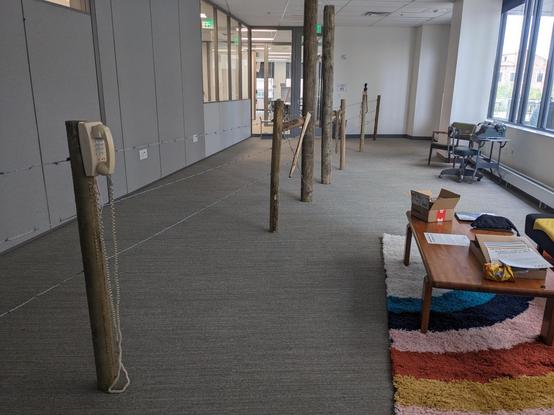Recent searches
Search options
If you look at the table of contents for my book, "Other Networks: A Radical Technology Sourcebook",
you’ll see that entries on networks before/outside the internet are arranged first by underlying infrastructure and then chronologically.
You’ll also notice that within the section on wired networks, there are two sub-sections:
one for electrical wire and another for barbed wire.
Even though the #barbed #wire section is quite short, it was one of the most fascinating to research and write about
– mostly because the history of using barbed wire to communicate is surprisingly long and almost entirely undocumented,
even though barbed wire fence phones in particular were an essential part of early- to mid-twentieth century rural life in many parts of the U.S. and Canada!
https://loriemerson.net/2024/08/31/a-brief-history-of-barbed-wire-fence-telephone-networks/

A 1902 issue of the Chicago-based magazine Telephony reported on a barbed wire fence telephone network that operated between Broomfield and Golden, Colorado (U.S.A.)
over a distance of 25 miles and which cost roughly $10 to build.
The line was used for a “woman operator” to notify a worker at the end of the line
“when to send down a head of water and how much.”
The author notes one “peculiar feature of this system is that only the operator can begin the talk.
When it is decided to send down water the operator calls up the man at the headgate and gives him specific instructions, which he must follow.
If he has anything to say he must say it then or hold his peace till he is called up again,
for it is not a circuit system and only the Broomfield office can call up.
This gives the lady the advantage of being able to shut off the other fellow at will and of getting in the last word.”


